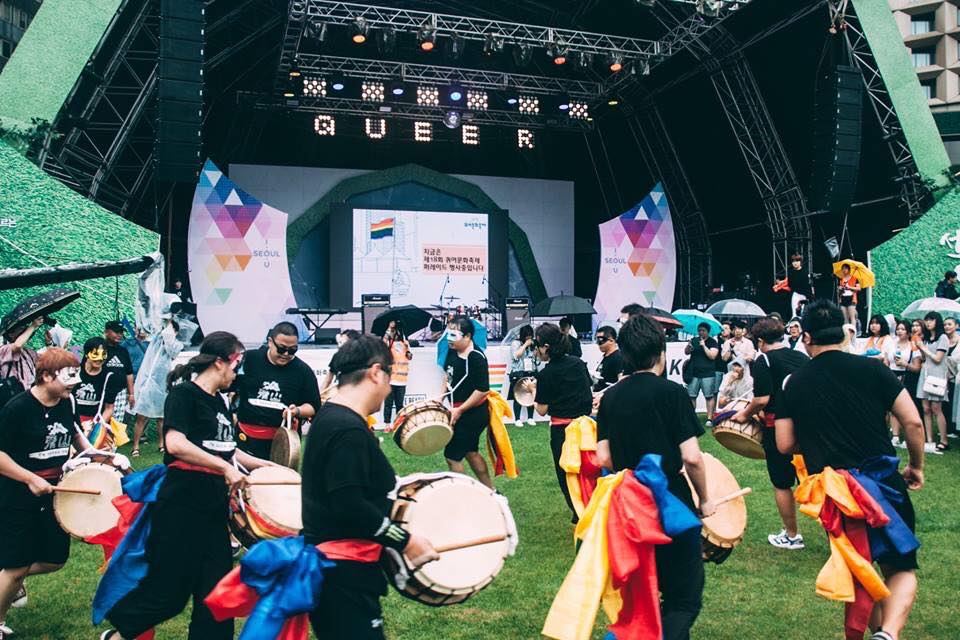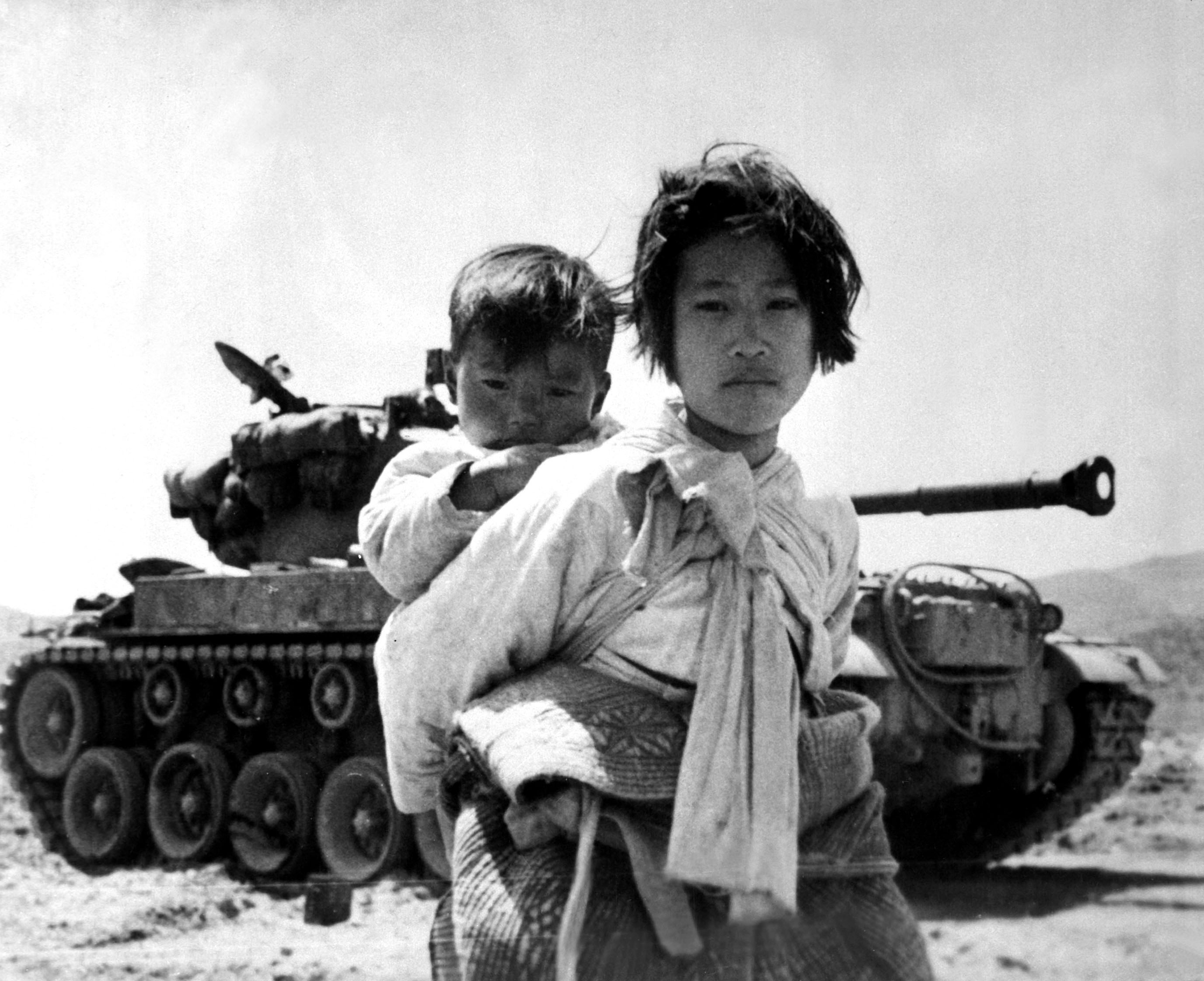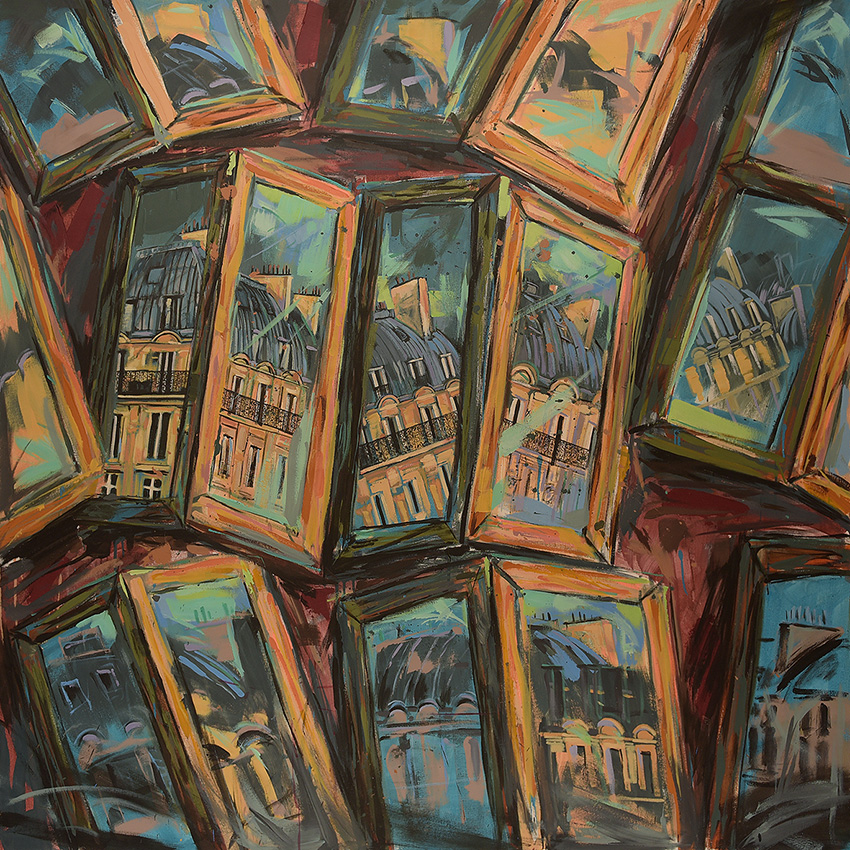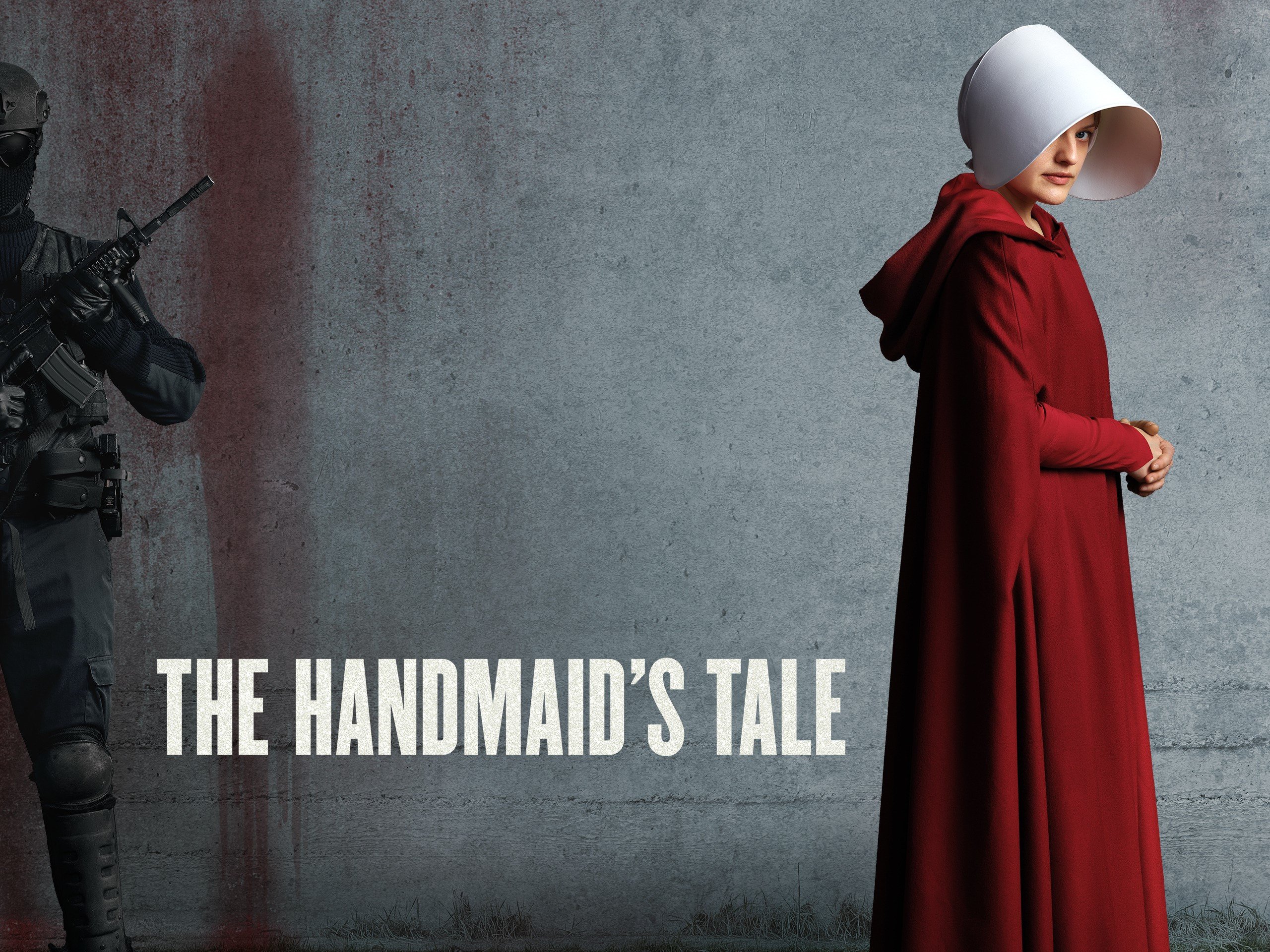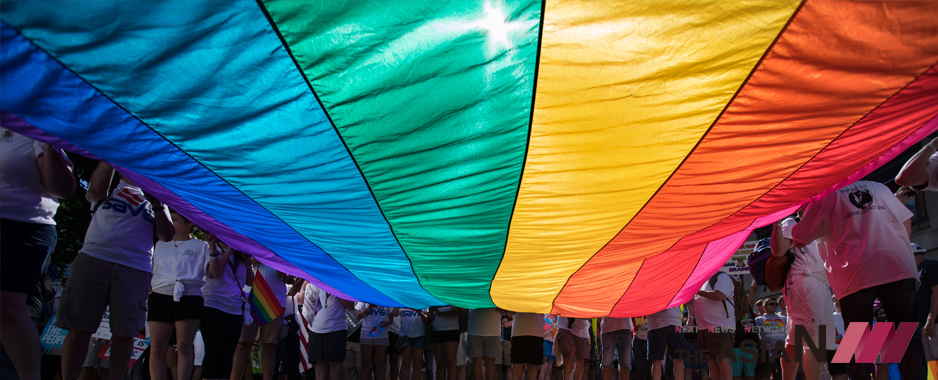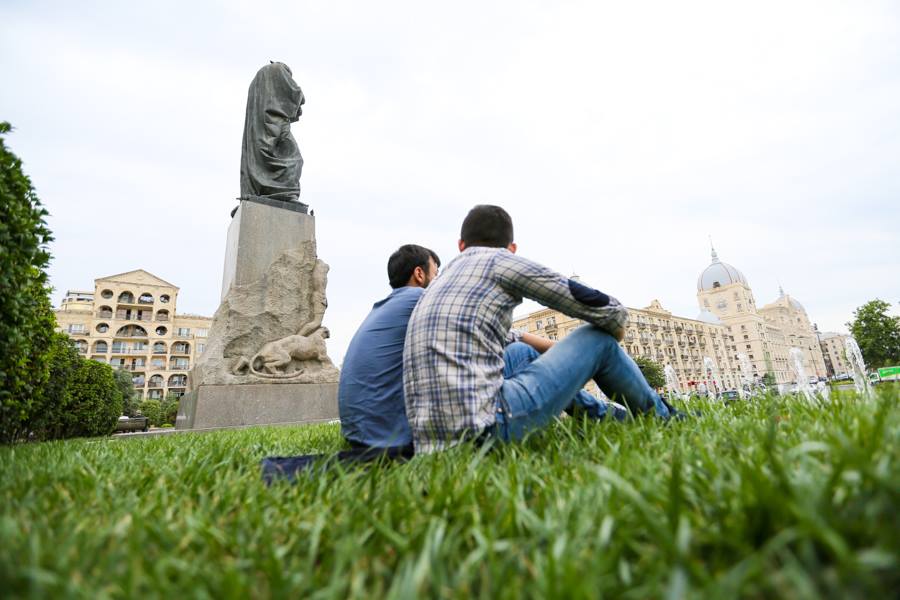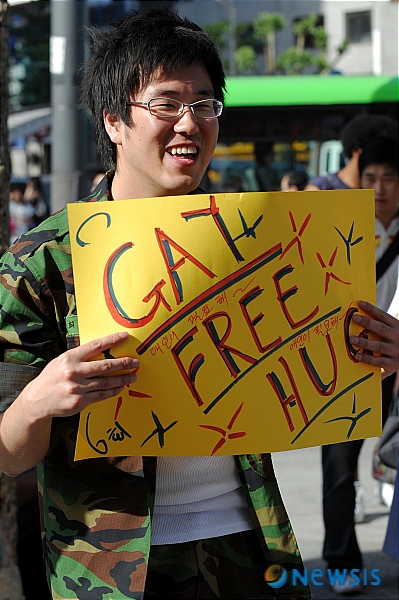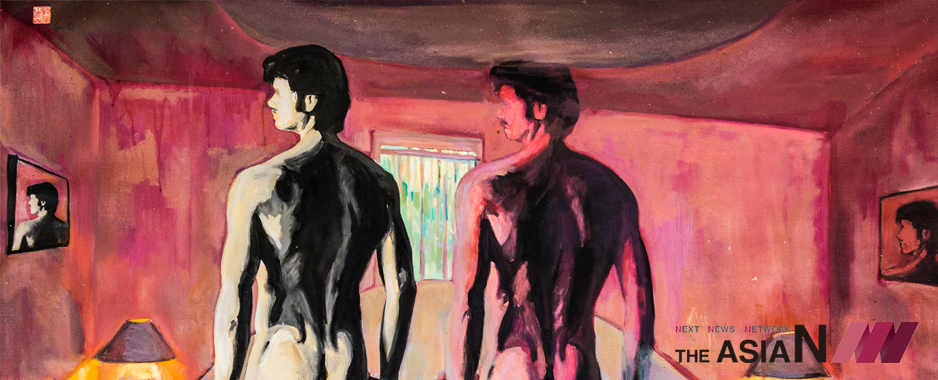
Spectrosynthesis, the first LGBTQ exhibition in an art museum in Asia
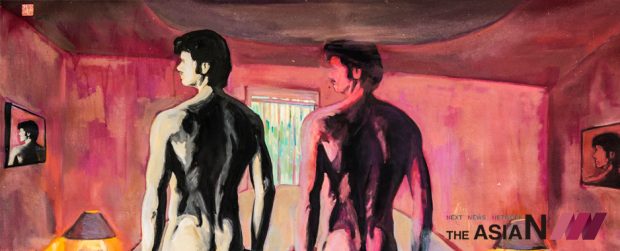
2015 was a significant year in the world LGBT movement with a boldening of the “7-colored rainbow”. But that rainbow did not quite reach the Asian continent. Much of Asia was yet unwilling to accept rights of sexual minorities due to objections on the basis of religious and cultural values. And then came May 2017, when Taiwan became the first in Asia to allow same-sex marriage, thus making way for the 2nd phase of LGBT rights in the region. With this November issue, Magazine N brings to you our special section on the history of the LGBT movement in Asia, focusing on Taiwan and its acceptance of homosexual marriage. Italian reporter Alessandra Bonanomi introduces to you her experience with the progress of LGBT rights in Taiwan during her visit there, combining that with the social and artistic aspects that make Taiwan’s change unique in nature. She writes on the LGBT art exhibition in Taipei that has propelled LGBT rights throughout the area, including an interview with the Public Relations Manager of the exhibition. -Editor’s Note
The Museum of Contemporary Art, Taipei (MOCA, Taipei), presents Spectrosynthesis – Asian LGBTQ Issues and Art Now (September 2017 – November 2017). Based on their similar backgrounds in culture, language, geographical location and ethnicity, the work of 22 artists from Taiwan, China, Hong Kong, Singapore, US, and Canada are showcased in the exhibition comprised on a total of 51 artworks. The exhibition presents the life stories and related issues of the post-war Chinese LGBT community. Displayed artwork explore subjects such as that of identity, equality, and exploitation.
Amidst the exhibition hall, after seeing the fifty-one artworks of Spectrosynthesis – Asian LGBTQ Issues and Art Now, I had the chance to interview Carol Yun-Jen Su, Public Relations Manager of MOCA Taipei. She explained to me details about the exhibition and of the museum’s upcoming projects.
What is the meaning of the title of the exhibition?
Employing “spectrum of light” as the theme, this exhibition addresses the LGBTQ community’s rich history and its appeal for peace, love, and diversity with a rainbow as its symbol. At the same time, the spectrum of colors are those colors seen inside a rainbow. Rainbow and light are two sides of the same coin; it means that this exhibition is inclusive like the spectrum in terms of its artistic expression and exploration of LGBTQ issues.
How have audiences reacted to the exhibition?
They have been more peaceful than I imagined (laughing). People who visited this exhibition were interested about this topic. However, most of the audience was composed of LGBT members. We hope that more heterosexuals will attend the exhibition and discover new aspects to such issues.
Did the artists of Spectrosynthesis – Asian LGBTQ Issues and Art Now come to see the exhibition?
Yes, most of them came to see the exhibition. Those unable to come are busy working overseas (in the U.S. and Canada) and a few have already passed away.
Some of the content of Spectrosynthesis – Asian LGBTQ Issues and Art Now are very explicit. Did any children attend the exhibition?
Every weekend from 10:00 to 12:00, families can visit the museum free of charge so children visit the exhibition too. We also have a specific workshop for children where they can do some craft activities through which they are exposed to the concept of contemporary art. The class was made for those younger than 12 years old.
Who are the sponsors of this exhibition?
The exhibit is a collaboration between the Taipei Cultural Foundation, a government organization, and the Sunpride Foundation, a private organization that supports LGBTQ art. Around half of the works of Spectrosynthesis have been drawn from Sunpride’s collection.
What was the press’ reaction to the sasame-sexarriage law?
Many people support the same sex marriage law but there are still groups that are against it. These days, the issue has become such a mainstream issue that is widely talked about that no press agencies would openly say anything against same-sex marriage. Most support the law.
How many people have attended this exhibition and what was the main demographic?
By the middle of October, visitor numbers had already reached 30,000 people—they included mostly young people (18 to 25 years old) and were mainly female (70% female, 30% male).
“The aim of contemporary art is not pleasure or beauty; it serves a larger, ongoing purpose, which is to raise alternative perspectives on values and to open dialogues relating to culture so that people can expand their horizons and gain a deeper understanding of the world” declared Yuki Pan, the director of Museum of Modern Art (Taipei). Did you arrange similar exhibitions about other minority groups in the past?
Last year, we arranged an exhibition about migrant workers from the Philippines working in Taiwan. We looked into why they came here in the first place and why they decided to work abroad, away from home; how they support their families in the Philippines and finally, we asked of the difficulties they faced. In order to do so, we invited artists from the Philippines to share their stories.
What are the upcoming projects you have in store for 2018?
Next year, we will open a photography exhibition based on artwork by Steve McCurry. He is famous for his 1984 photograph “Afghan Girl” which first appeared in the National Geographic magazine, making it an instant success.
By Alessandra Bonanomi, reporter for The AsiaN



